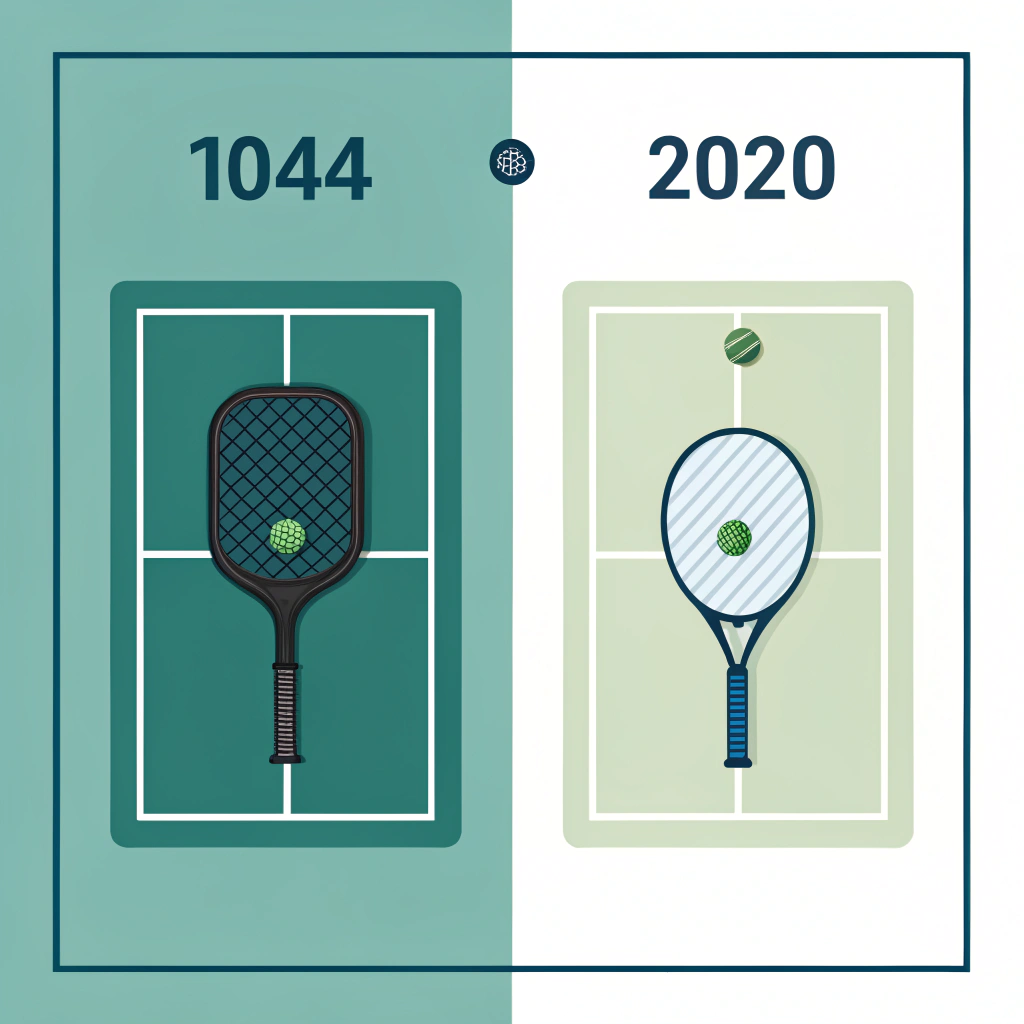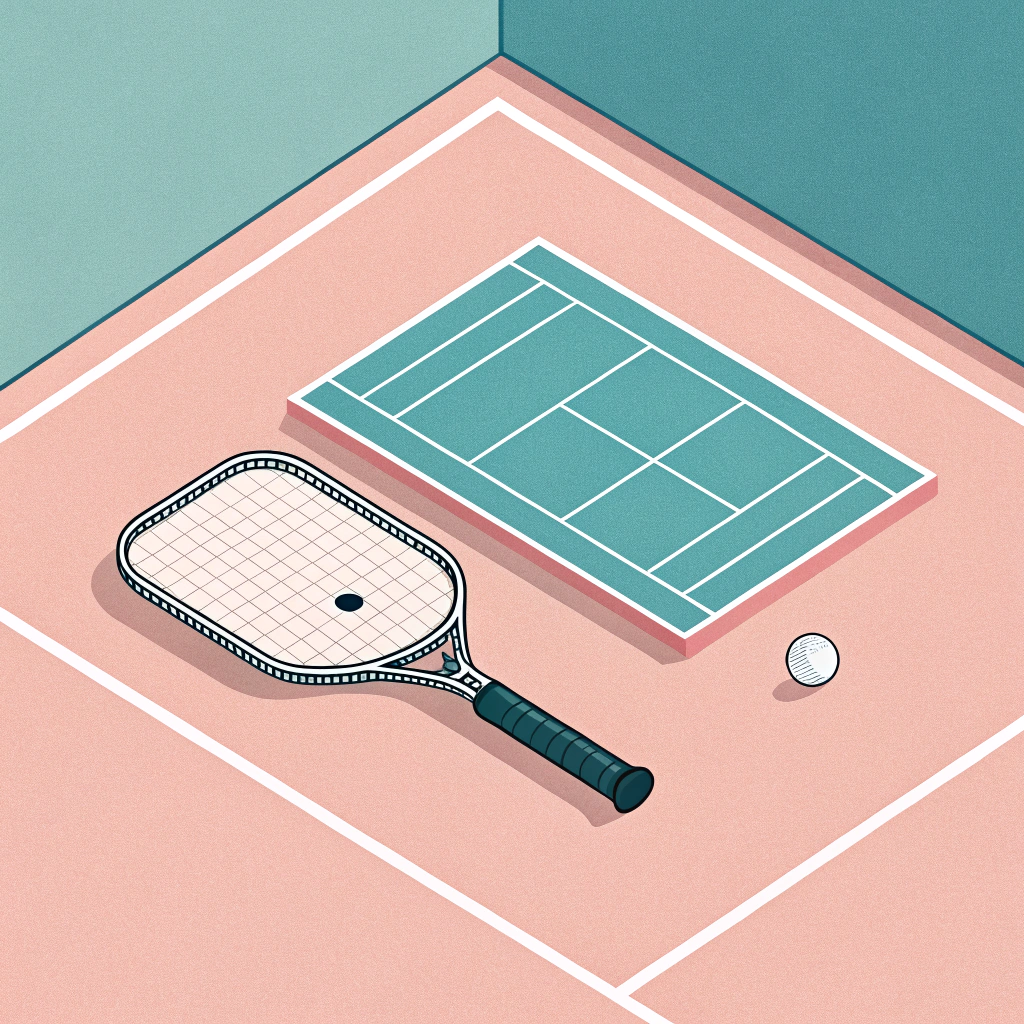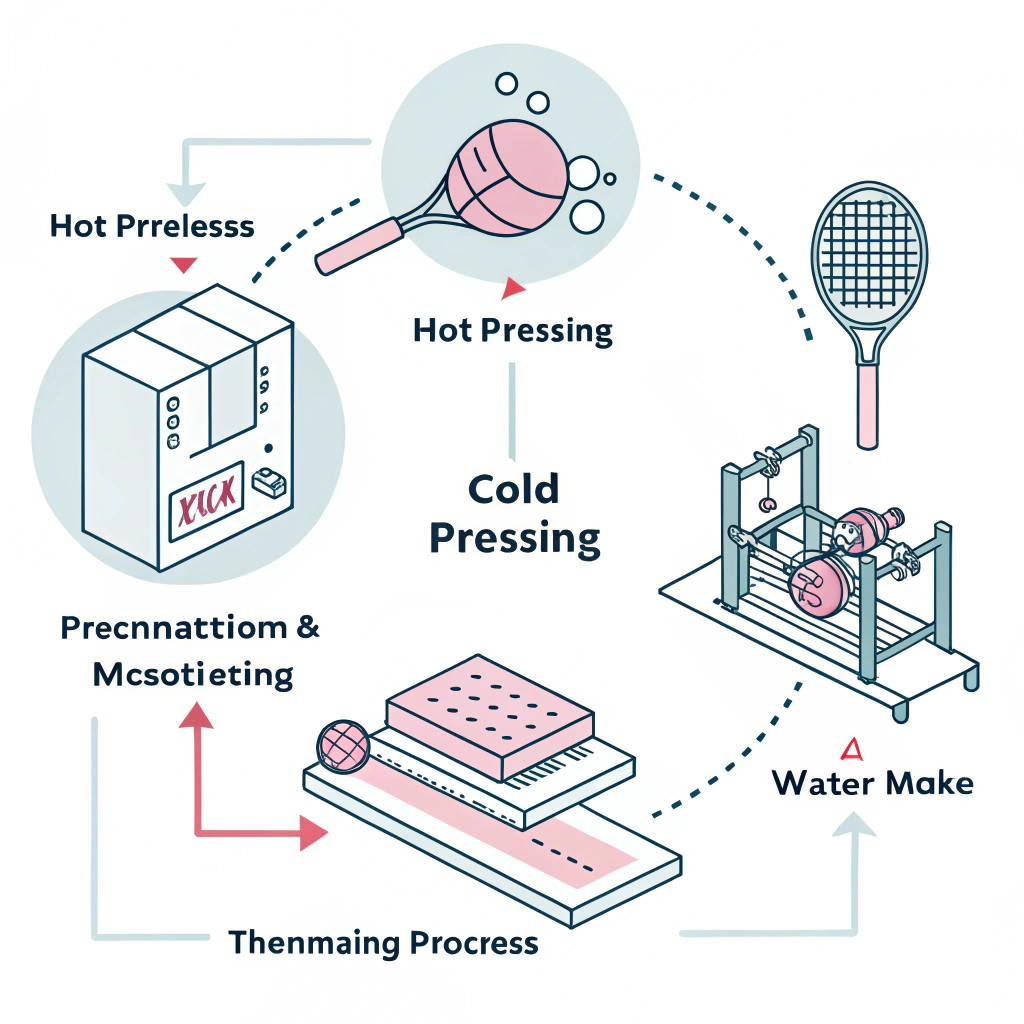Pickleball and Badminton both offer unique gameplay experiences, with distinct equipment designs and market trajectories. At a glance, Pickleball blends elements of tennis and paddle sports while Badminton incorporates swift racket dynamics with shuttlecock control. This article explores these differences in depth, enabling B2B decision-makers to determine which sport’s equipment line may yield stronger business growth and consumer appeal.
Pickleball and Badminton differ in game mechanics, equipment design, and market focus. Pickleball uses a paddle with a plastic ball and emphasizes underhand serve rules, whereas Badminton relies on lightweight rackets and a shuttlecock for rapid, agile play. These differences directly affect manufacturing techniques, market trends, and product sourcing decisions.
Pickleball is a sport that has risen in popularity for its accessibility and blend of tennis and paddle sports. Key characteristics include:
- A court smaller than tennis but larger than traditional paddle game courts.
- Use of a paddle made typically from advanced materials such as carbon fiber, fiberglass, or composite materials1. Our production processes—hot pressing2, cold pressing3, and thermoforming4—ensure exceptional durability and performance.
- Game rules that restrict serves to an underhand style, fostering consistent play dynamics.
- Emphasis on control, reduced vibration, and consistent ball-handling, making it a favored option for both recreational and competitive players.
Badminton offers a contrasting dynamic with:
- A larger court space and high-speed rallies that require exceptional reflexes.
- Use of rackets typically made from lightweight materials such as carbon fiber composites, similar to tennis but optimized differently for shuttlecock play.
- A shuttlecock instead of a ball, which creates unique flight dynamics5 and demands a different swing technique.
- Versatility in play formats, with singles or doubles allowing rapid transitions and strategic positioning.
When deciding on product lines, comparing key aspects of these two sports provides clear insights:
| Aspect | Pickleball | Badminton |
|---|---|---|
| Court Size | Smaller than tennis; optimized for quicker points. | Larger court designed for fast-paced, extended rallies. |
| Equipment Used | Paddles with durable composite and carbon fiber materials. | Rackets with lightweight materials for maneuverability. |
| Ball/Shuttlecock | Plastic ball that demands consistent control. | Shuttlecock which has unique aerodynamics and flight patterns. |
| Serving Technique | Underhand serve only, focusing on precision. | Overhand serves allowed, often with aggressive techniques. |
| Scoring | Only the serving side can score points. | Points scored on both serves with rapid changes in play pace. |
The differences in court size, serving techniques, and scoring rules result in distinct playing environments for each sport. This impacts not only the gameplay experience but also the design and manufacturing priorities for sports equipment.
For companies like NEX Pickleball, the choice of materials and production processes is critical. Manufacturers must consider:
- Paddle materials: Carbon fiber variations (3K, 12K, T300) are selected based on strength, rebound force, and vibration reduction, while composite designs merge carbon fiber with fiberglass for an optimal balance of power and control.
- Manufacturing methods: Techniques such as hot pressing, cold pressing, and thermoforming each offer benefits in terms of durability, precision, and cost-efficiency. For instance, hot pressing produces strong, impact-resistant paddles best suited for competitive play, whereas cold pressing ensures a superior ball feel for notice of control.
- Design Requirements: Ergonomic grips, precise weight distribution, and surface textures that enhance ball or shuttlecock contact are crucial. In contrast, badminton rackets demand extreme lightweight designs and balance to support rapid swings and controlled precision.
Understanding market trends is essential for strategic product sourcing decisions:
- Growth Trajectory: Pickleball is experiencing rapid growth in North America and parts of Europe, driven by its appeal to a broad age range and the development of professional leagues. This indicates a strong market presence for paddles with advanced materials and production technologies.
- Competitive Landscape: Badminton maintains a robust market, especially in Asia and parts of Europe, with an established base and continuous demand for high-quality rackets. The equipment market here emphasizes technological innovation to improve speed and accuracy.
- Consumer Preferences: Decision-makers must consider that consumers are increasingly seeking sports equipment that combines performance with comfort. For Pickleball, attributes like vibration reduction (using Nomex or polymer honeycomb cores) and customizable options (grip sizes, paddle weight) are key. Whereas for Badminton, ultralight designs and aerodynamic optimization of rackets are paramount.
By comparing these trends, businesses can tailor their supply chains and invest in production technologies that align with consumer demands. Retail distributors must weigh the benefits of entering a fast-growing sport like Pickleball against the established yet continually innovating market of Badminton.
Given the technical requirements and market trends, B2B decision-makers should consider the following when developing their equipment portfolio:
- Hot Pressing Process: Ideal for producing durable, high-impact paddles for intense competitive settings. While requiring high investment, it ensures the paddle's longevity.
- Cold Pressing and Thermoforming: These techniques cater to specialized designs that require precision control, appealing especially to players who seek improved ball feel and accuracy.
- Quality Assurance: Rigorous testing processes ensure each paddle meets performance standards. This consistency not only builds brand reputation but also minimizes product returns—a critical factor in B2B supply chain management.
- Material Innovation: Offering products made with various carbon fibers (3K, 12K, T300) and composite structures allows companies to target niche market segments.
- Custom Paddle Options: The ability to customize paddle attributes such as weight, balance, and grip size provides a competitive edge. This flexibility is especially beneficial when catering to sports organizations or high-volume retail distributors.
- Visual Branding: B2B partners benefit from co-branded or custom-designed equipment that aligns with their retail identity. Advanced printing technologies ensure that each paddle can carry unique visual elements, reinforcing market differentiation.
- Evaluate Market Growth: With Pickleball’s rising popularity, investing in the latest production technologies that enhance paddle performance can result in quicker market penetration.
- Leverage Data-Driven Decisions: Utilize comparative market data and consumer insights to decide between expanding into Pickleball or enhancing existing Badminton product lines.
- Implement Quality Control Measures: Adopting highly standardized manufacturing processes such as thermoforming or hot pressing ensures product reliability, which is essential in winning long-term B2B contracts.
- Focus on Innovation: Continuous research into advanced materials and customization options will help keep product offerings competitive in an increasingly saturated sports equipment market.
For B2B decision-makers, the comparison between Pickleball and Badminton is more than a matter of equipment differences—it directly impacts sourcing strategy and market positioning. Pickleball offers a unique lower-impact, control-focused play that demands innovation in paddle design. Meanwhile, Badminton continues to thrive with its fast-paced, agility-centered play that relies on ultralight, precision-engineered rackets.
By analyzing these sport-specific nuances including game mechanics, material innovations, and production techniques, businesses can better align their procurement choices with market demands. Emphasizing quality, customization, and innovative production processes not only meets consumer expectations but also positions your brand for sustainable growth. As the market continues to evolve, leveraging these insights will enable you to make informed, strategic purchasing decisions that enhance both product portfolios and competitive market positioning.
Q: What sport is closest to pickleball?
A: Pickleball is very similar to padel, a paddle sport with similar court dimensions and equipment, though there are differences in equipment, court size, and gameplay dynamics.
Q: What sport is badminton most comparable to?
A: Badminton is often compared to tennis in terms of play dynamics, though it utilizes lightweight rackets and a shuttlecock, leading to a distinct, fast-paced gameplay style.
Q: What is the main difference between pickleball and tennis?
A: The main difference is in the rules and serving methods—tennis players can serve overhand with complex serves, while pickleball requires underhand serves, and only the serving side can score points.
-
composite materials: Click to understand composite materials, which combine two or more constituent materials to achieve improved strength, durability, and lightweight properties for high-performance sports equipment. ↩
-
hot pressing: Click to learn about the hot pressing process, a manufacturing technique that uses high heat and pressure to mold durable sports equipment components before returning to the content. ↩
-
cold pressing: Click to explore cold pressing, a method that shapes materials at lower temperatures, offering enhanced precision and a unique material feel in production. ↩
-
thermoforming: Click to delve into thermoforming, a process where heated plastic or composite sheets are molded into specific shapes, balancing performance and cost-effectiveness. ↩
-
flight dynamics: Click to investigate flight dynamics, the study of how objects move through the air, crucial for understanding the unique behavior of shuttlecocks in badminton. ↩







